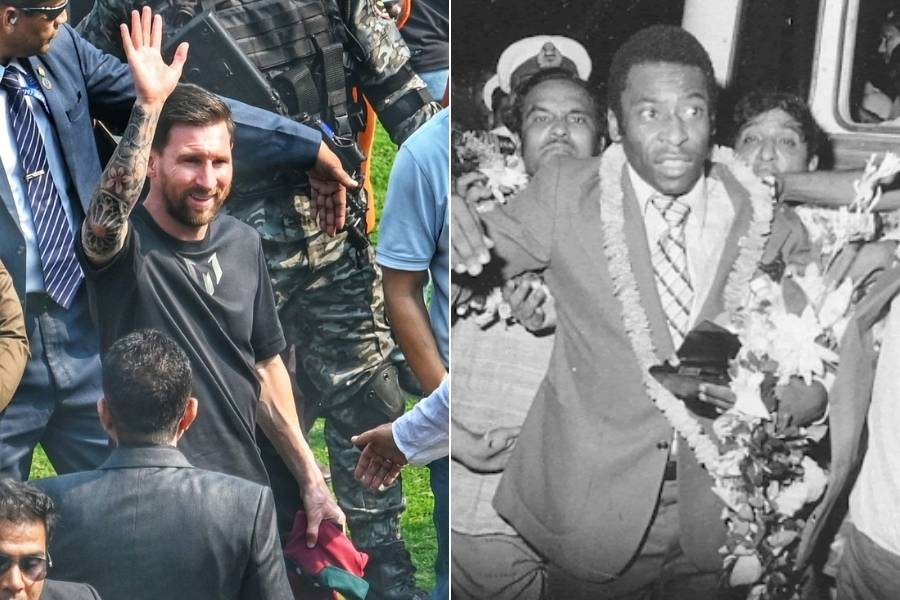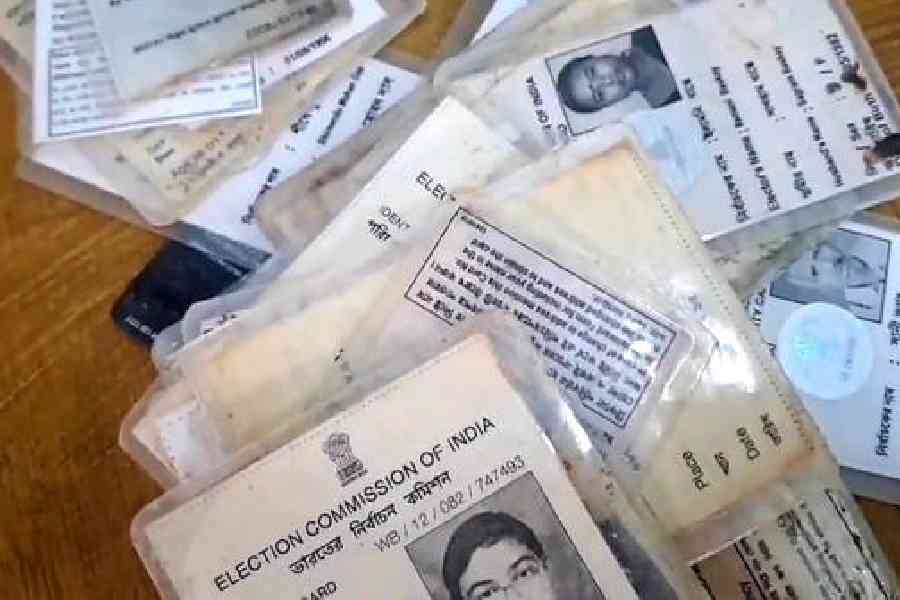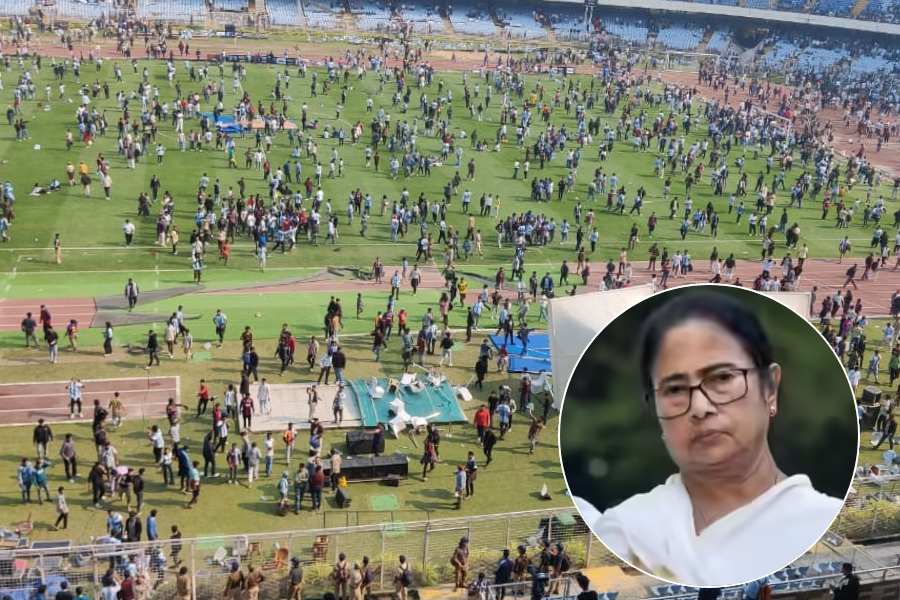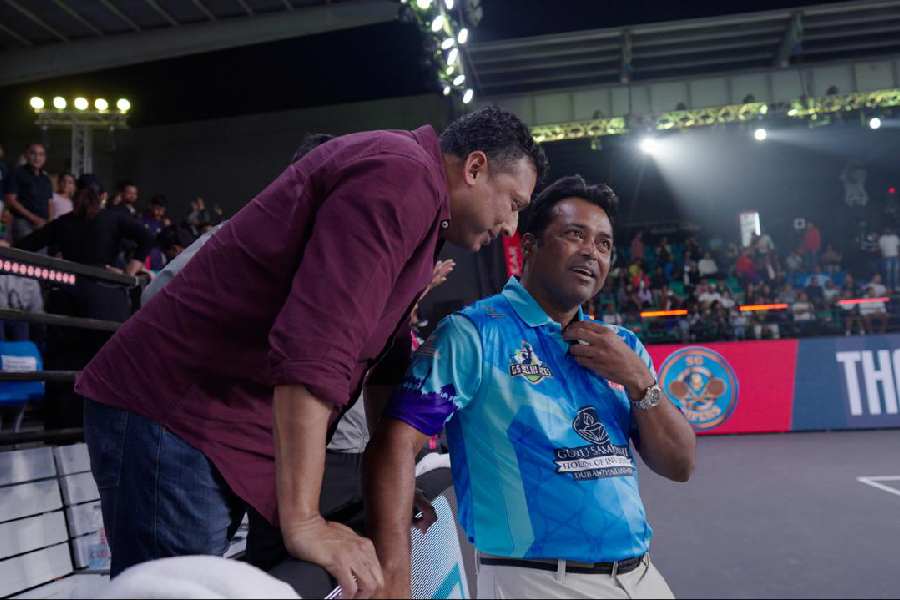 |
Nandula Raghuram is not very popular among some scientists these days. After spending years chasing the fallen stars of Indian science, the biologist is now relishing the delights of vindication. He’s part of a crusade to expose fraud in science.
Raghuram and members of the Society for Scientific Values (SSV), Delhi, have scanned documents and quizzed scientists to uncover scientific scams — ranging from plagiarism to falsification of data. The campaign, though derided in some circles, has been making ripples lately, as more and more cases tumble out of the closet.
The number of cases SSV investigated jumped from three in 2005 to 11 in 2007. “The actual level of scientific misconduct may be far higher because we investigate only when someone complains to us,” says SSV secretary Raghuram, a reader at Delhi’s Indraprastha University.
Some of India’s most respected scientists are accused of covering up wrongdoing by others. Not surprisingly, not everybody is happy with the SSV’s efforts. One scientist derisively calls it a “self-appointed watchdog” while another likens it to Don Quixote, charging at imaginary windmills.
Yet the evidence is out in the open. Physicist K.R. Rao, associate editor of Current Science, a peer-reviewed research journal published by the Indian Academy of Sciences, Bangalore, says he has detected 80 cases of plagiarism — major and minor — in articles submitted to the journal in recent years.
Earlier this year, chemistry professor P. Chiranjeevi at the Sri Venkateswara University, Tirupati, was punished for copying from others’ research. Repeated attempts to reach him failed, but a member of the investigating committee says Chiranjeevi denied any wrongdoing when he appeared before it. The committee indicted him, and Chiranjeevi was barred from holding administrative posts or taking new research students.
In October last year, a team of materials scientists from Anna University, Chennai, and the Indira Gandhi Centre for Atomic Research, Kalpakkam, was found to have published a paper on ionic conductivity that was a copy of a previous paper by a Swedish team. But the one who hit the headlines was Raghunath Mashelkar, former director general of the Council of Scientific and Industrial Research.
In March 2007, Mashelkar admitted in a letter to the SSV that sections of a book he had co-authored on intellectual property rights had reproduced verbatim material from a paper by a British scholar without crediting him. “…I am highly embarrassed by this and I have decided to take some hard actions,” he wrote. He said he would stop further editions of the book and not take any personal gains from it.
A few months earlier, the US Journal of Biological Chemistry (JBC) retracted a research paper by Gopal Kundu and his colleagues at Pune’s National Centre for Cell Science (NCCS). Kundu was accused of using the same data or images relating to proteins in two unconnected articles submitted to the journal. Kundu holds there was “absolutely no wrongdoing” by his team. He says another international journal has accepted the data.
But the authorities are still wary of confronting such accusations. Three committees, for instance, looked into the Kundu affair. A seven-member panel of top scientists exonerated him despite JBC’s withdrawal of the paper. Panel chairman G. Padmanaban says the journal’s decision was not “wrong”, but “harsh”.
The inconsistency between the Padmanaban committee’s views and JBC’s decision to withdraw Kundu’s paper has prompted some scientists to take the issue up. Rahul Siddharthan, a physicist and computational biologist at the Institute of Mathematical Sciences, Chennai, says he stepped into the controversy with “a sense of deep indignation” at the way the committee decided to dispose of the case. He says the duplication — intentional or unintentional — of images is so “blatantly obvious” that he cannot understand how a top scientists’ committee can dismiss the charges.
“There seems to be a mistaken notion that national pride is somehow involved, and this leads to pressure to exonerate or hush up cases,” says Siddharthan.
Some scientists at Lucknow’s Central Institute of Medicinal and Aromatic Plants have complained to the SSV that their director, Suman Preet Singh Khanuja, has been claiming credit for too many research papers. Since he took over as director in 2001, Khanuja has published more than 140 papers and staked his claim to at least 40 patents. Some question how a director can find time to produce on an average 20 research papers a year. A large number of the papers appeared in a journal produced by his institution and of which he is the chief editor.
Khanuja denies any wrongdoing. “There is not a single paper in my publication list to which I have not contributed intellectually,” he says.
Scientists say young researchers often find seniors taking credit for their work. There is also pressure on scientists to publish because it leads to recognition and career growth. About 20 years ago, says Siddharthan, scientists would have been happy to figure in Indian journals or less well known international ones. Today, however, there is pressure to publish in the top journals which, he says, leads to the temptation to “cut corners”. In the worst cases, data or ideas are lifted.
The growing volume of scientific misconduct has intensified demands for an independent regulatory mechanism to deal with such cases. But Atomic Energy Commission ex-chairman R. Chidambaram, now a top scientific advisor to the government, told the US journal Science in January that the number of cases of scientific misconduct was still too small to justify a “full-time oversight body.” Others argue that volumes are not necessary to justify a policing mechanism.
“A low crime rate doesn’t mean we can disband the police force,” says Raghuram. “In any case, the magnitude of scientific misconduct in India has never been measured.”
Not that such scams are unheard of in the West. Norwegian doctor Jan Sudbo allegedly concocted over 900 patients and case histories for his study on oral cancer published in Lancet in October 2005. In 2004, Korean scientist Hwang Woo-suk claimed to have created the world’s first stem cells from a cloned human embryo. It was later found that the research claims, published in Science, were fraudulent.
Several countries, including the US, have established mechanisms to investigate fraud. In March, Elsevier, the world’s biggest scientific publisher, and four other international publishing bodies said they were creating a database of 25 million papers published in more than 14,000 journals to help reviewers track plagiarism.
Professor C.N.R. Rao, chairman of the scientific advisory committee to the Prime Minister, believes it’s time to act. “We’ve had major cases of plagiarism — but people tend to go scot-free,” Rao says. “Some sort of government mechanism is needed to examine this problem.”
Scientists are worried about the impact of “celebrity” misconduct on young researchers. A director of laboratory and a winner of a coveted national science award are among those accused of misconduct.
“We’re supposed to bring bright students working abroad back to our country,” an NCCS scientist says. “But what are we asking them to come back to?”
Worse, still, is the question being asked in and outside the community. Can we trust our scientists?










